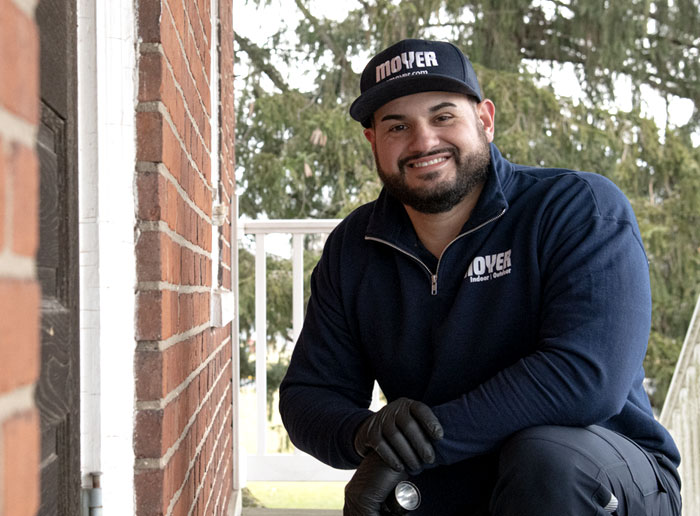We’re Local, Family Owned and have a 100% Satisfaction Guarantee.
Featured Target Pests
View All Targeted PestsWhat Our Customers Say
"Our technician is very helpful and knowledgeable."
“Our technician is very helpful and knowledgeable. Another service came to our door last week, and we were happy to tell them we have been with Moyer Pest Control for 15 years and we would not think of switching.”
Have questions? Call 215.799.2010 or Contact Us
Why Choose Us For Pest Control
When uninvited guests – like mice, bed bugs, roaches, ants and more – show up at your home or business, you need the problem resolved quickly by a company you can trust. Pests are no match for our highly-trained pest control technicians. We offer prompt, courteous service using pest control techniques that are safe for use around people and pets.
- We are local. We know the region, including current pest patterns and behaviors.
- We are family owned. We promise efficient and thorough service.
- We look out for you. We have a service plan that is just right for you and your budget.
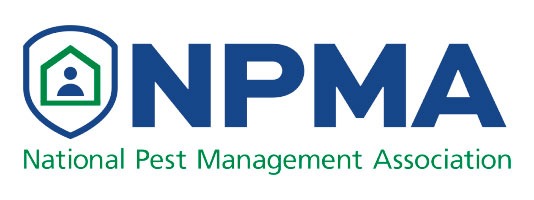
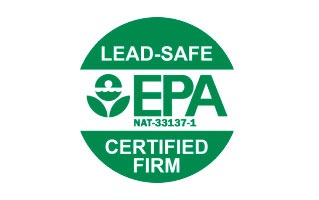
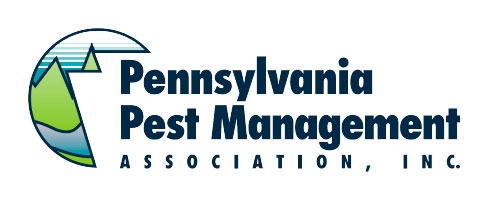
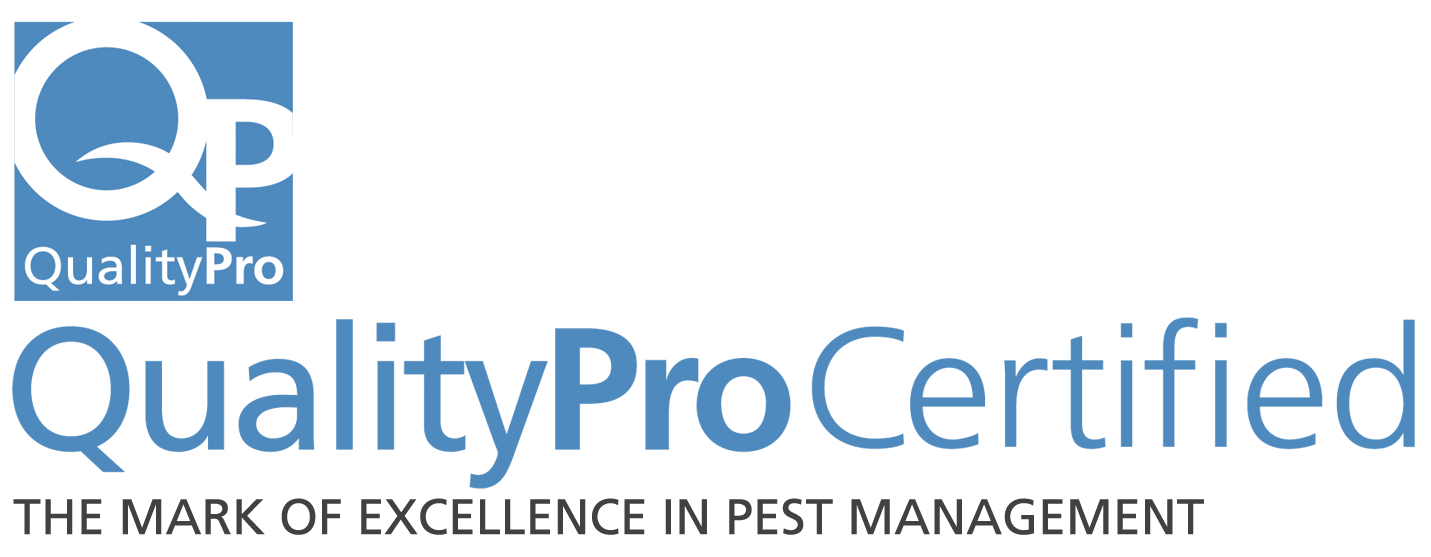
Service Specials
Sign Up to Receive Specials
Be the first to receive limited time specials and promotions on Moyer services and money saving tips from experts.
View Current Specials
View the current specials and promotions we have available below.

